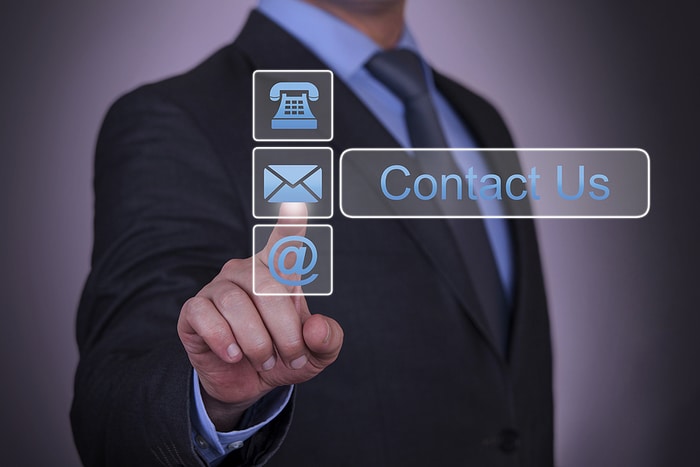A call to action, popularly referred to as a CTA, is one of the most critical aspects of any marketing message. It can be delivered through website articles and blogs, direct emails, phone messages, social media profiles such as Facebook and others.

There are various types of CTA, which are strategically placed to prompt visitors to make specific decisions.
A click-worthy CTA button should encourage the user to take the next step in the customer journey, which can be to call, buy, subscribe, download, refer a friend or click on a link.
How CTAs Work
Proper CTA button usage is essential if you want to get the desired outcome, which is why you should understand how a call to action works.
Primarily, CTAs are made to convince users to take a certain action or complete a conversion. The goal can be making a purchase, signing up to a mailing list, or sharing a piece of content.
When a visitor clicks on your call-to-action button, it can take them to the specific page or product you want them to purchase. The main use for CTA is to directly impact sales, although some buttons are used for reasons other than direct purchases.
It is a link that takes your customers to the solution they seek, which is the main reason they came to your website, YouTube video, or blog post.
Creating a Successful Call to Action
The benefits of effective CTA are plenty, however, with so many ineffective call-to-action buttons lying dormant in most sites, creating a successful CTA can be overwhelming, even to seasoned marketers.
The old “download” and “subscribe” buttons are no longer working as well as they can, so it is on you to find ways to create a simple and clear CTA that can yield the results you are looking for. Here are some insights on creating a successful CTA button.
1. Identify the Problem and Offer a Solution
Marketing is all about identifying and describing the problem in detail. This helps let the buyer know they understand what you are going through.
Once the users are convinced, you can propose a solution and justify why it is the ideal choice. As such, you should always set the table and identify pain points, gradually leading the customer to the call-to-action button.
If you’re leading a user towards a CTA, be sure to use all the supporting material at your disposal extra carefully. Every line of copy on the page should lead towards the call-to-action.
2. Make It Clear and Concise, But It Should Also Stand Out
Whether you are using messages, emails, or websites, the CTA should stand out from the rest of the content.
You can make it bold and colorful or even use bigger font sizes to ensure customers can see it easily. However, the page should remain clean and in line with other content. If it does not grab attention, most viewers will overlook it as another link in the site.
3. Use Incentives
There are various ways to incentivize prospects to click on a call-to-action. You can offer gifts, discounts, coupons, downloads, priority notifications, and more, to anyone that heeds to your CTA.
For instance, instead of just saying “Join our mailing list,” you can substitute it with “Join our mailing list to get a 10% off discount.” Incentives have worked fantastic for most marketers, but you should ensure you provide something of value to the customer.
4. Include the CTA Early
In the past, CTA were placed near the end of the site. Today, marketers advise you to include your call to action buttons early in the message, so prospects can tell if it is the solution they are looking for. It should be up there where customers can see it, not down or to the side.
5. Keep It Simple with Fewer Choices
Having too many CTAs can confuse your customers, so it is crucial to avoid spamming your content with multiple call-to-action buttons.
According to successful marketers, one or two is enough to get the job done if used strategically. On the other hand, having more calls-to-action on the same piece will reduce the response significantly.
6. Follow-Through
You should use links liberally and try to guide customers to your shopping carts and intended landing.
This includes linking logos and pictures, as well as providing ALT tags that will be displayed even if the image fails to load.
It is also crucial to follow through with all your CTAs and ensure they are working and leading to the products, services, and pages you want the customers to visit.
Conclusion
CTA can make or break your business, so it is essential to use them with caution. Avoid scary terms, such as “register,” “subscribe,” and “download” as they are no longer effective in modern times.
It would be best if you also personalized the CTA, so customers can immediately recognize and associate it with your business. Make sure you test and optimize the CTA, identifying those that are more effective and those that should be replaced or modified.
